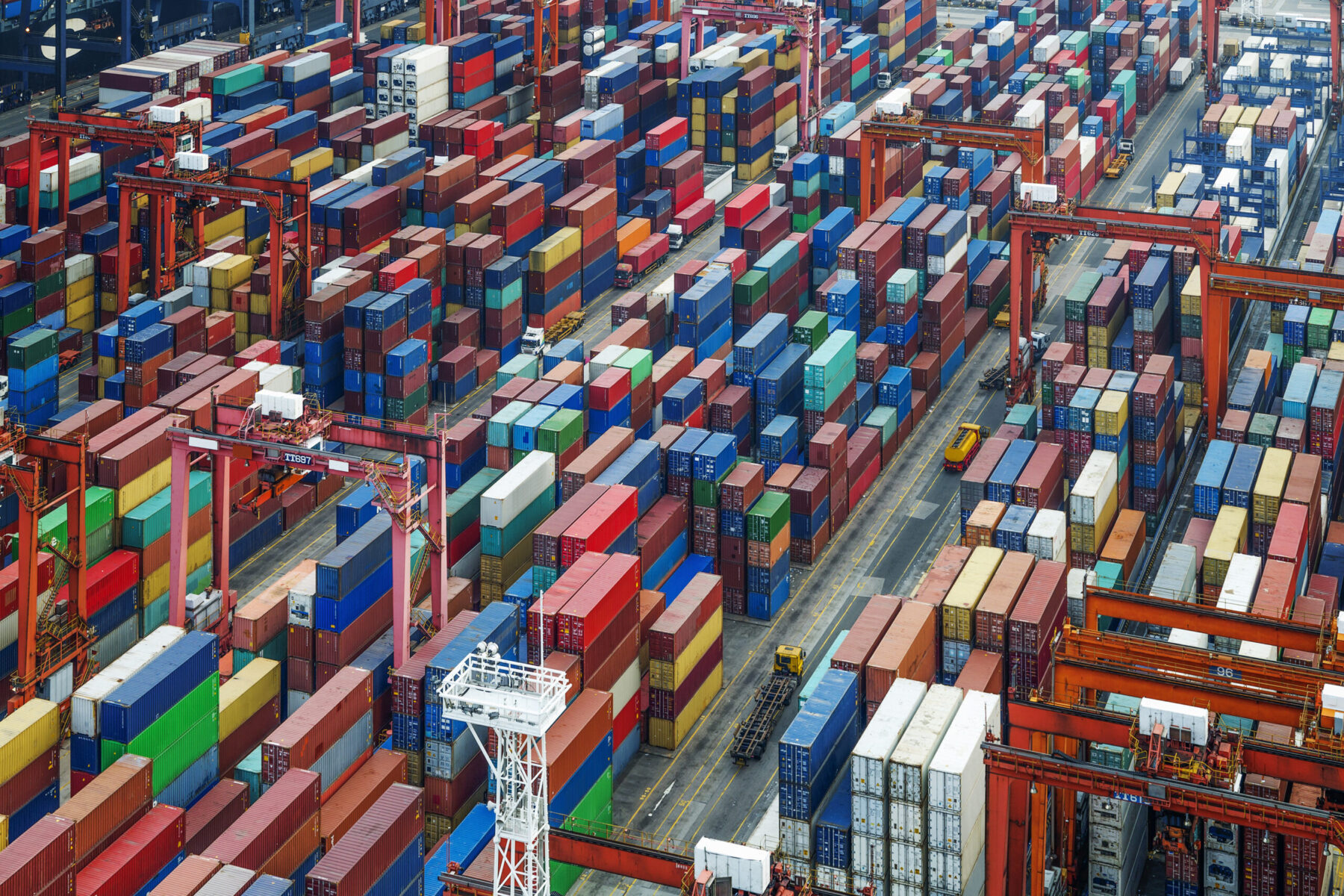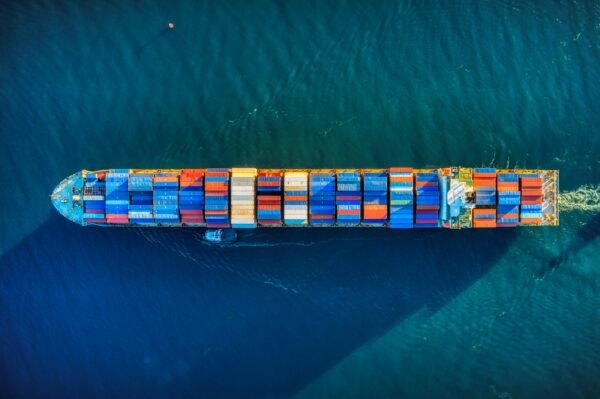Riding the wave: Your Navigate questions answered
Oct 24, 2022
Scroll to find out more
Oct 24, 2022
Scroll to find out more

Talking to shippers every day, one of the most common questions right now is ‘What’s going to happen with rates?’. Volumes are dropping, carriers are working to manage the dip in prices and shippers are wondering what to do with tender season. We’ve covered rates a lot recently – including our recent podcast on diversifying your rate strategy – but the way rates evolve is complex and dynamic.
To dig into the issue further, we held discussions around this topic at our virtual event, Navigate. From ‘Why now is the time to diversify you rate strategy’ to ‘What’s next in 2023?’, we covered it all. The discussions were very engaging and there were many audience questions that were left unanswered as we ran out of time.
To answer some of the questions that came through from Navigate, we sat down with Anne-Sophie to provide you with some insights.
The short answer is ‘no’. While we’ve had downturns in the past, it’s important to recognise the seismic shift that was the global pandemic. Faced with an existential threat – the demand crash of early 2020, carriers had learnt to manage capacity better than they ever had before, and they’re not going to forget it.
What we see today is carriers using the tools available to them, such as blank sailings, in a much more agile way compared to previous years, so they’re better able to balance supply and demand.
In practice, normalisation is a situation where carriers remain profitable in a reasonable way. The dynamics of this is based on a good balance of supply and demand. It’s important to mention that rates before the pandemic were probably too low, so it’s expected that this current ‘normalisation’ of rates will leave us slightly above 2019 levels.
Yes I do. High inflation and the global economic situation around the world has created stir amongst unions and workers who are keen to negotiate better pay, especially after the stress of the previous years. We’re seeing industrial action in many sectors, not just transport, though that has been especially hard hit.
There is a shortage of manpower across all the activities on the port terminals, as well as a shortage of truckers and hauliers as well. Given that working conditions were extremely hard during COVID-19, many workers were expecting things to improve after the pandemic. Due to events such as the war in Ukraine, this obviously hasn’t happened, so we will likely see more industrial action as workers seek to reevaluate work conditions and pay.
Speaking as someone who works at a forwarder, forwarders have different pricing strategies and different portfolios of customers. They also have different relationships with the carriers. All of this affects the way they price their services.
The drastic difference between carriers rates can also happen when the market is trending upwards, though these differences should decrease as rates reduce.
On current projections, there will be 2.6m TEU of new capacity added in 2023 globally. The majority of it will happen in Asia to the USA and Asia to Europe. If demand remains flat, carriers may postpone some deliveries from their order book of new vessels.
Freight forwarders represent 60% of the market today and this is likely to grow. Forwarders have had more opportunities to gain market share during COVID-19 and will continue to take advantage of these opportunities, with longer term rates from carriers also going to NVOCCs.
Carriers only have the ability to manage capacity but rates will depend on the demand level. Some ships will be removed from service to introduce less polluting ships to comply with the IMO 2023 regulations, which might have some impact on the capacity.
Carriers rely on contracts for their base cargo, but the precise ratio mix will depend on the level of rates. When spot rates are low, shippers often prefer to favour the spot market rather than contract rates. While demand is falling now, it will pick up at some point, at which point shippers will need reliable capacity. That’s why the precise ratio will always depend on the business requirements for their supply chain and their approach to risk. To put a number on it, we could predict a 40:60 ratio in terms of contract to spot.
If this happens, it’s likely that this would not make any difference in rates, though we might see extra bunker surcharges introduced with the new IMO 2023 regulation.
There are currently infrastructure improvements happening at North European ports such as Rotterdam and The Havre to accommodate vessels, as well as at other ports in the USA such as the Port of Boston to accommodate bigger ships.
This was a practical decision more than a commercial one. Free time has been reduced as there was not enough equipment to cope with demand and container turnaround time had increased significantly.
As things normalise, shipping lines could become more flexible to offer free time in the coming months as more equipment has been ordered and demand has also reduced.
Rates may further decline on outbound but in a less drastic way as freight rates were already much lower compared to Asia into Europe. It’s also worth remembering that this is a backhaul trade, where shipping lines repatriate equipment into Asia from Europe.
Good data can be defined as:
Points 1,2 and 3 are all in service of point 4. If you haven’t got these attributes, there’s not a lot you can do with it. As for specific examples of how to use it, we would recommend thinking about PO Management and how you can use it in your forecasts.
It’s not unusual for shippers to have Cargo Ready Dates (CRDs) that are incomplete, inaccurate and out of date. By working closely with manufacturers we’ve managed to improve the quality of our CRDs in terms of completeness, accuracy and timeliness and this has directly led to us being able to forecast departure dates with a higher degree of accuracy, meaning we can better align demand for space with carrier capacity, leading to better rates, fewer issues and lower fees. That’s what actionable data means.
Making predictions is always a risk. Clearly, the situation with rates is still ongoing, with the potential for future disruption – if there’s one thing the pandemic taught us it’s that we’re only ever one ship-stuck-in-the-Suez-canal away from having to throw out all our neatly planned theories.
However, whatever happens, having complete, accurate, timeless data on your supply chain will be the basis of any credible solution, and key to adapting to new circumstances. Zencargo’s supply chain management platform sources, sorts and analyses data from across your network to help you make the right decisions at the right time for your business.
To find out more about how you can put your business in the strongest position, whatever the future holds, get in touch with our team today.

To find out how you can take control of your supply chain costs and stay ahead...

To find out how you can navigate a path through uncertainty, book your free str...

To find out more about how Zencargo’s digital freight forwarding experts and te...